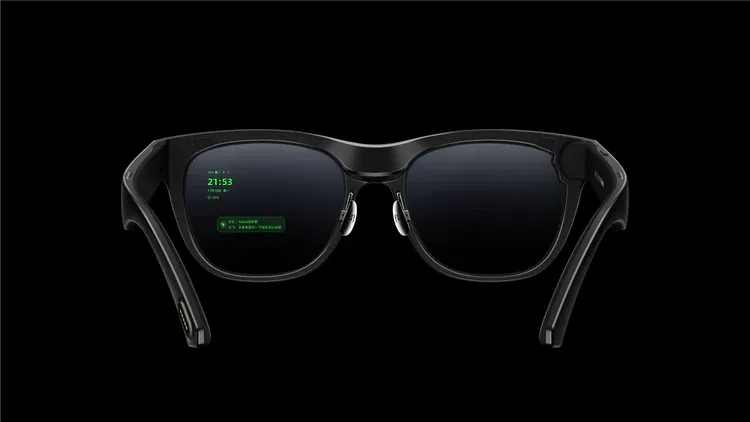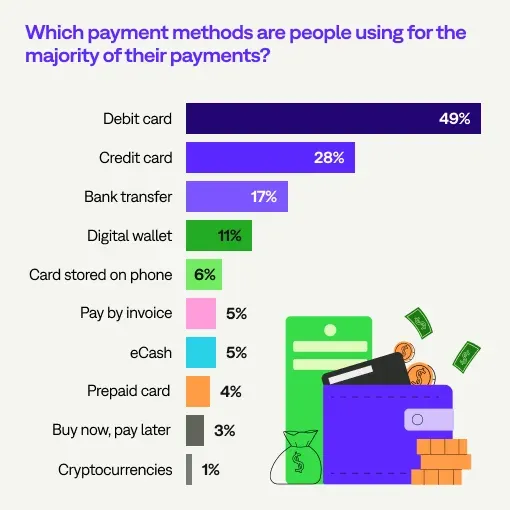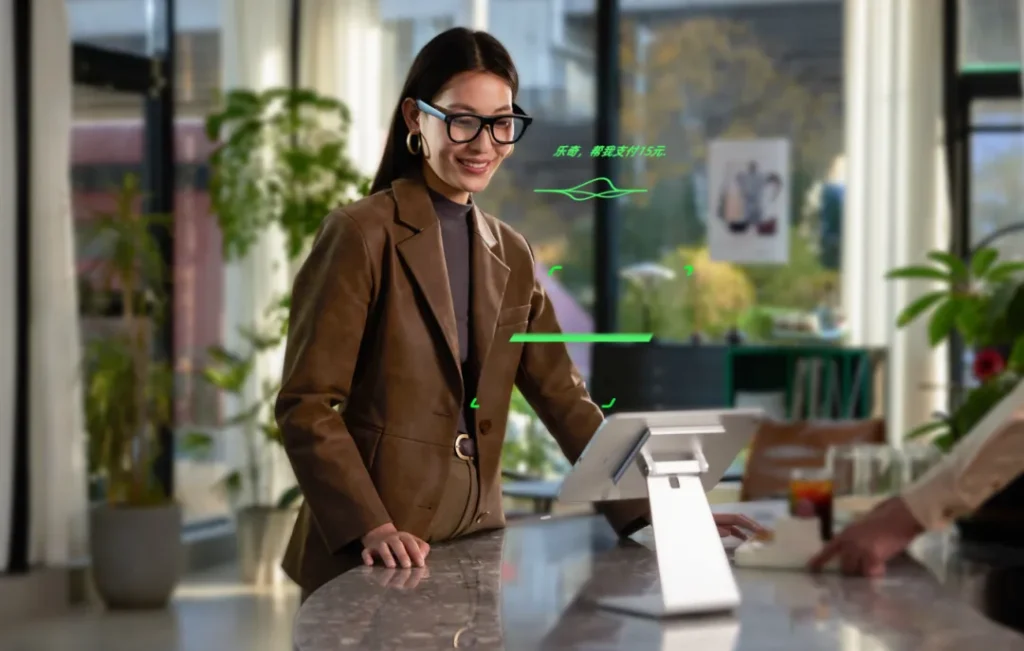Have you noticed, folks? Smart glasses are getting hotter by the day. The direct reason isn’t complicated—due to limited consumer acceptance, neither the market nor manufacturers initially expected much from smart glasses sales. But no one saw this coming: the Ray-Ban Meta smart glasses, launched in October 2023, sold 2 million units by February 2025.
Since its launch in October 2023, the Ray-Ban Meta smart glasses have sold over 2 million units according to The Paper. Meta CTO Andrew Bosworth once stated that 2025 is a make-or-break year for Reality Labs, and the sales performance of Ray-Ban Meta is a key factor. EssilorLuxottica is also actively expanding production, planning to increase annual capacity to 10 million units.

While driving the explosion of the smart glasses market, it has also shown more manufacturers a new way to create smart glasses: simply stacking up high-tech features may not work. To make consumers willing to buy, products must not only be comfortable to wear, stylish in appearance, and reasonably priced, but also offer long battery life and user-friendly functions and experiences.
In fact, several domestic smart glasses manufacturers have launched products following this “winning formula.” One that particularly interests me is the Rokid Glasses, released in November last year. It has a camera comparable to the Ray-Ban Meta in shooting effects, combined with AR display, audio playback, and AI functions, all while weighing only 49g. This level of integration is incredible.
Rokid Glasses AI+AR Smart Glasses
Recently, I was invited to Rokid’s launch event for the “Look and Pay” feature. There, I discovered that Rokid Glasses has partnered with Alipay to create a “game-changing move”—“Look and Pay.”
Rokid × Alipay: Smart Glasses × Scan-to-Pay

Alipay Display
Rokid and Alipay have launched the world’s first smart glasses payment product—Alipay “Look and Pay.”
Wake up to a new reality: smart glasses can now make payments!
Currently, we have many ways to make online payments. The traditional method is to use a payment app to scan a code. A more advanced option is Alipay’s latest “Tap to Pay,” which I personally find very convenient.
But have you ever imagined what it would be like to use smart glasses for “Look and Pay”? Well, Rokid Glasses has actually made this possible through its partnership with Alipay, making it the world’s first smart glasses to support payment functionality.
Notably, Rokid’s payment feature has an advantage that Ray-Ban Meta can’t catch up with in the short term. After all, very few people overseas use scan-to-pay—credit cards are their go-to payment method. If they were to equip glasses with NFC for payments, that would be even stranger.
Can you imagine taking off your glasses every time you need to pay?
Which payment methods are people using for the majority of their payments?
- Debit card: 49%
- Credit card: 28%
- Bank transfer: 17%
- Digital wallet: 11%
- Card stored on phone: 6%
- Pay by invoice: 5%
- eCash: 5%
- Prepaid card: 4%
- Buy now, pay later: 3%
- Cryptocurrencies: 1%
Why does Rokid Glasses’ “Look and Pay” work? First, there’s a real need for it! What’s the point of glasses that can only be worn for looks? Second, the objective conditions are in place. After all, payment codes are everywhere in China. You can complete a payment by just looking at the code and speaking, saving the trouble of taking out your phone. With demand and market infrastructure both in place, it’s a perfect match.
I tried out the specific payment process, and honestly, it feels more convenient than using a phone.
Rokid × Alipay
Payment Successful
Store Name: Daocan
Amount: ¥15.00
Here’s how it works: When you’re out with your Rokid Glasses and need to pay, simply say, “Leqi, pay 10 yuan.” The Rokid Glasses will then automatically identify the Alipay QR code. Finally, say “Confirm payment,” and the entire process is complete. The payment information will also be displayed on the glasses’ screen.
Date: June 11
Temperature: 22°C
Humidity: 93%
Time: 8:45
Recommended: Use Alipay

Some of you might say, “This payment scenario still doesn’t seem more convenient than using a phone.” Hands and phones are indeed the most efficient “tools” right now. But here’s the problem: we only have two hands.
Imagine buying breakfast during the morning rush hour—your left hand is carrying a bag, your right hand is holding a notebook, and you can’t even take out your phone. Or when you’re playing games at an internet café with both hands busy, and the owner comes to collect payment for your instant noodles. With Rokid Glasses, you can just speak to the owner’s Alipay QR code, and the payment is done.
“Leqi, help me pay 15 yuan.”
Even for some special groups, such as people with disabilities, the convenience of smart glasses payment is even more significant. It liberates your hands, using voice and the glasses’ camera to complete the entire payment process.
In terms of payment security, with Alipay as a partner, safety is guaranteed, including real-time device detection, voiceprint recognition, and intelligent risk control.
From “usable” to “user-friendly,” from geek gadgets to mass-market applications
Previously, smart glasses, especially AR glasses, had advanced technical concepts and looked cool, but they were difficult to popularize. I think the main reasons were these issues: weight, price, functional experience, and ecosystem development.
After years of technological development, domestic smart glasses now perform well in terms of audio, photography, price, and weight. Data on smart glasses shipments from IDC also shows that consumer acceptance of this category is gradually increasing.
In Q1 2025, China’s smart eyewear market shipped 494,000 units, a year-on-year increase of 116.1%. Among them, shipments of audio and audio-photography glasses in China reached 359,000 units, a year-on-year increase of 197.4%. It is expected that China’s smart eyewear shipments will reach 2.907 million units in 2025, a year-on-year increase of 121.1%.
IDC Global Smart Eyewear Market Shipment Forecast, 2024-2029

![Chart: Smart eyewear shipments and growth rates for audio/audio-photography glasses and AR/VR devices]
Source: IDC China, 2025
What’s left to overcome are functionality and ecosystem. Many of you are probably like me—curious about smart glasses but afraid they’ll end up unused. After all, entry-level audio smart glasses cost over 1,000 yuan.
So, Rokid Glasses’ focus on payment scenarios feels both advanced and practical. Think about it: it’s already a trend for smart wearable devices to support payments.
Rokid × Alipay
Play AR, Use Rokid
Important Notifications
SMS, DingTalk, Alipay, WeChat…
Ticket checking, taxi-hailing, express delivery, food delivery…
Normal messages don’t disturb; important messages aren’t missed.
Practical Tools
Teleprompter for speeches, navigation for getting lost, translation for conversations with foreigners
Life Services
Voice-activated taxi-hailing, ticket buying, food ordering
Express delivery pickup, parking fee payment, utility bill payment
Payment is the foundation of life services; payment opens a new way of future life
All essential tools in one “glass”
Previously, smart bracelets, watches, and even smart rings achieved payment functionality through NFC. As smart glasses become more popular, they must keep up to make consumers willing to adopt them and use them comfortably.
In my view, Rokid Glasses’ deep collaboration with Alipay can set an example for other wearable device manufacturers, encouraging smart glasses to focus less on flashy tech and more on “practical updates.”
Of course, I have more expectations for smart glasses. For example, can “Look and Pay” be expanded to more scenarios like transportation and healthcare in the future, allowing me to use glasses for medical insurance payments or subway rides? Can they partner more with mainstream apps to make AR map navigation, real-time translation, and health monitoring more user-friendly?

Even in today’s era of smart home popularity, can smart glasses enable voice control of devices just by looking at them?
When these scenarios are perfected, the mass adoption of smart glasses will only be a matter of time.


